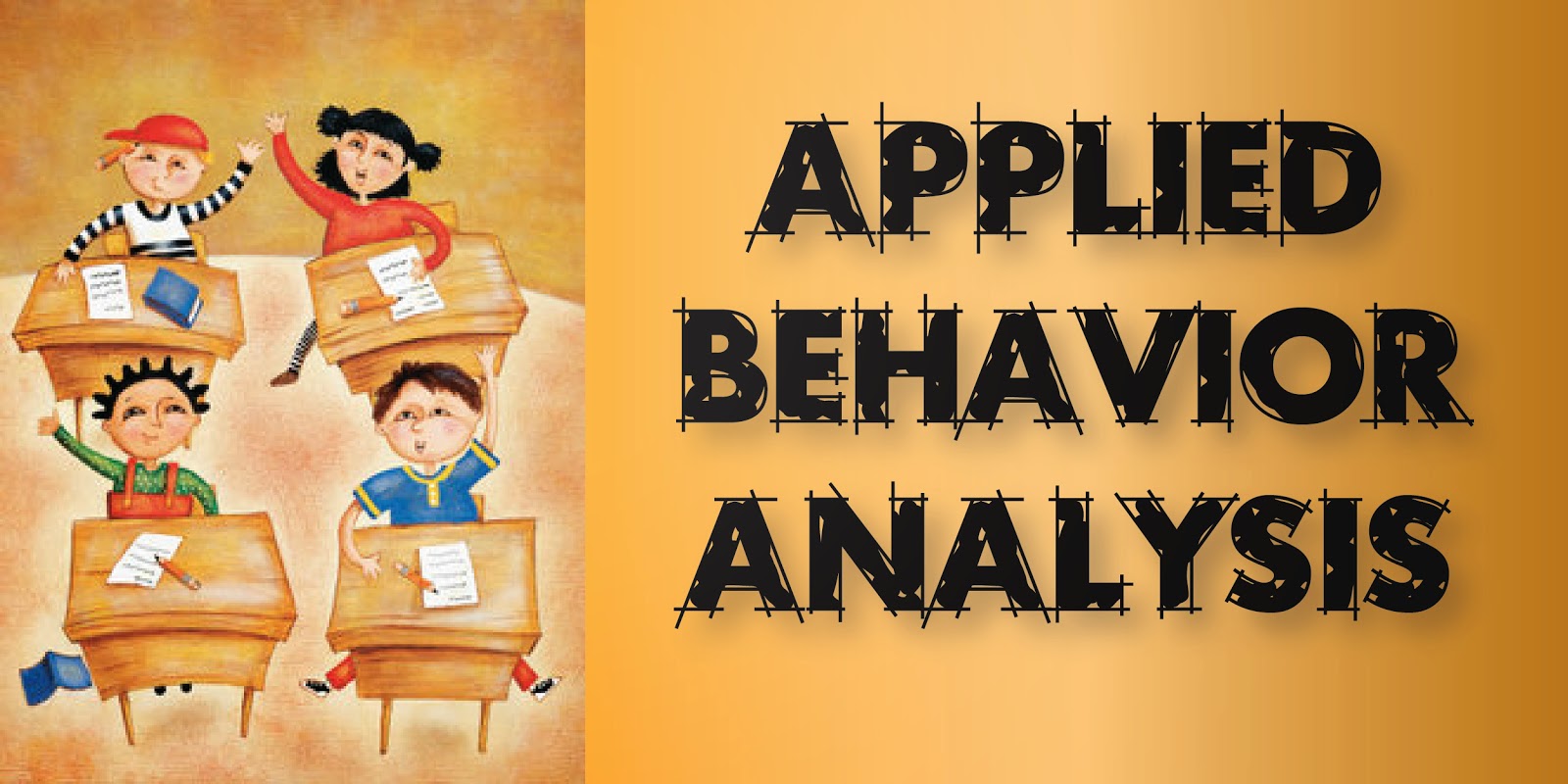“For humans, strengths and weaknesses are relative attributes,” Phil said to his colleague at the office cafeteria. It was the usual afternoon recess time and they were debating over the literary concept of hamartia.
“What do you mean?”, Rebecca looked a bit baffled.
“What I mean is that our strengths can quickly turn out to be our fatal flaws leading to one big slide downhill,” Phil chuckled.
“How do we guard against it then?”, she asked.
“Be intuitively adaptable,” Phil quipped, stressing the word ‘intuitively’.
“Hmm… that’s one-upmanship!”, Rebecca quickly retorted back.
“Whatever you name it Rebecca, you have to do it to curb your negative and self-condemning judgments, don’t you think so?”, Phil was getting a bit hyper. He has autism.
The saving grace for Phil was that he was diagnosed early and then treated with the applied behavior analysis method of autism intervention.
Rebecca remained quiet and focused on finishing her afternoon meal. She admired Phil for his clarity of thoughts. At times she wondered if Phil thought too much to create troubles in his own head. But then again, he had a quiet confidence in his ability to think. He believed that nobody in the world could take away his thoughts from him. In all probability, he exceled in writing and made a well-established career out of it because he was who he was. Let’s have a look at 3 prominent personalities with ASD from the world of writing.
1. Henry Bond
Perhaps it is not surprising that a man with Asperger’s should make an immense contribution to the field of psychoanalysis and forensics. Henry Bond, born in 1966, is an English photojournalist most well-known for his seminal work Lacan at the Scene and lesser work The Gaze of the Lens.
2. Travis Meeks
There is a beauty with being a musician, and it just gets tenfold when the performer is unpredictable, rather quirky and loves to rock. Travis Meeks, an Indiana-born songwriter, vocalist and guitarist, is on the spectrum. In early childhood, Travis used to be in introvert who found solace only in music.
3. Raymond Thompson
Worcestershire-born Raymond Thompson was diagnosed with Asperger syndrome, but he overcame the challenges to establish a career in writing and films. In addition to writing fictions, his fortes are screenwriting and composing soundtracks.
Do you know anyone like Phil, Henry, Travis or Raymond who aspires to follow his/her dreams? Do let us know by sending an email to info@ilearnnearn.com.



